| [1]Li Y,George AT,Chen QZ.Novel elastomeric fibrous networks produced from poly(xylitol sebacate)2:5 by core/shell electrospinning:Fabrication and mechanical properties.J Mech Behav Biomed Mater. 2014;40:210-221.[2]Liu HQ,Yu XL,Cai B,et al.Capture and release of cancer cells using electrospun etchable MnO2 nanofibers integrated in microchannels. Appl Phys Lett.2015;106:1-5.[3]杨锦秀,何乐人.小口径电纺组织工程血管支架的研究进展[J].组织工程与重建外科杂志,2016,12(3):191-194.[4]Xue JJ,He M,Liu H,et al.Drug loaded homogeneous electrospun PCL/ gelatin hybrid nanofiber structures for anti-infective tissue regeneration membranes.Bilmaterials. 2014;35:9395-9405.[5]Mojtaba Koosha,Hamid Mirzadeh.Electrospinning,mechanical properties,and cell behaviorstudy of chitosan/PVA nanofibers.J Biomed Mater Res A.2015;103:3081-3093.[6]Li DW,Chen WM,Sun BB,et al.A comparison of nanoscale and multiscale PCL/gelatin scaffolds prepared by disc-electrospinning.Colloids Surf B Biointerfaces. 2016;146: 632-641.[7]Hasan A,Memic A,Annabi N,et al.Electrospun scaffolds for tissue engine-ering of vascular grafts.Acta Biomaterialia. 2014;10:11-25.[8]李耀华.大块血管化组织工程骨修复的骨缺损[J].中国组织工程研究,2014,18(7):991-996.[9]Ji J,Benny BO,H.Wagner HD.Mechanics of electrospun collagen and hydroxyapatite/collagen nanofibers.J Mech Behav Biomed Mater.2012;13:185-193.[10]Rezaei B,Ghani M,Askari M,et al.Fabrication of thermal intelligent core/shell nanofibers by the solution coaxial electrospinning process.Adv Polym Technol. 2016;35(1):21534.[11]Kaerkitcha N,Chuangchote S,Sagawa T.Control of physical properties of carbon nanofibers obtained from coaxial electrospinning of PMMA and PAN with adjustable inner/outer nozzle-ends.Nanoscale Res Lett.2016;11(1):186.[12]牛红星,穆军升,张健群,等.骨髓间充质干细胞与聚3-羟基丁酸酯-co-4-羟基丁酸酯生物材料共培养细胞补片的初步研究[J].中国生物工程杂志, 2012,32(10):74-79.[13]高兆营,马莹,刘慧芳,等.生物降解聚(3-羟基丁酸-co-4-羟基丁酸酯)改性研究进展[J].工程塑料应用,2015,43(12):127-131.[14]Chen DZ,Chen Y,Ouyang X,et al.Influence of microPCMs on thermal and dynamic mechanical properties of a biodegradable P3HB4HB composite.Composites:Part B. 2014;56:245-258.[15]许菡,孔梅梅,安军,等.生物可降解高聚物P3HB4HB热性能、结晶性能和力学性能研究[J].离子交换与吸附,2012,28(5):385-392.[16]侯俊萍,张丽影,赵小菁,等.环氧乙烯基笼型倍伴硅氧烷/ P(3HB-co-4HB)复合材料的制备与降解性能[J].化工新型材料, 2015,43(7):79-81.[17]Li G,Fu N,Xie J,et al. Poly(3-hydroxybutyrate-co-4- hydroxybutyrate) based electrospun 3D scaffolds for delivery of autogeneic chondrocytes and adipose-derived stem cells:evaluation of cartilage defects in rabbit.Biomed Nanotechnol.2015;11:105-116.[18]Ramier J,Boubaker MB,Guerrouache M,et al.Novel routes to epoxy functional ization of PHA-based electrospun scaffolds as ways to improve cell adhesion.J Polym Sci. 2014;52: 816-824.[19]He JX,Tan WL,Han QM,et al.Fabrication of silk fibroin/cellulose whiskers-chitosan composite porous scaffolds by layer-by-layer assembly for application in bone tissue engineering.J Mater Sci.2016;51:4399-4410.[20]杜江,李罡,蓝彩娟,等.聚乙烯醇纳米纤维的制备与静电纺丝工艺研究[J].中外医学研究, 2014,12(8):149-151.[21]Golafshan N,Kharaziha M,Fathi M.Tough and conductive hybrid graphene-PVA: alginate fibrous scaffolds for engineering neural construct.Carbon.2017;111:752-763.[22]Thien DVH,Hsiao SW,Ho MH,et al.Electrospun chitosan/ hydroxyapatite nanofibers for bone tissue engineering.J Mater Sci.2013;48:1640-1645.[23]McClure MJ,Wolfe PS,Rodriguez IA,et al.Bioengineered vascular grafts: improving vascular tissue engineering through scaffold design.J Drug Deliv Sci Technol. 2011;21: 211-227.[24]Fisher MB,Mauck RL.Tissue engineering and regenerative medicine: recent innovations and the transition to translation. Tissue Eng Part B.2013;19:1-13.[25]Gloria A,De SR,Ambrosio L.Polymer-based composite scaffolds for tissue engineering.J Appl Biomater Biomech. 2010;8:57-67.[26]何万林,丁玉梅,马小路,等.熔体法同轴电纺PP/(PLA+PEG)核壳超细纤维[J].工程塑料应用,2016,44(11):48-52.[27]于锐,徐哲伟,穆容超,等.基于不同载药方式的同轴电纺纤维膜的制备与性能[J].合成纤维,2016,45(5):23-27.[28]马敏先,叶川,张俊标,等. P3HB4HB-(GE-PVA)纤维膜载人骨髓间充质干细胞的生物相容性研究[J].贵阳医学院学报, 2016, 41(10):1162-1165.[29]Cho MK,Singu BS,Na YH,et al.Fabrication and characterization of double-network agarose/polyacrylamide nanofibers by electrospinning.J Appl Polym Sci. 2015;133(4): 42914.[30]Ngadiman NHA,Yusof NM,Idris A,et al.Development of highly porous biodegradable γ-Fe2O3/polyvinyl alcohol nanofiber mats using electrospinning process for biomedical application. Mater Sci Eng C.2017; 70:520-534.[31]Ren LF,Xia F,Shao JH,et al.Experimental investigation of the effect of electrospinning parameters on properties of superhydrophobic PDMS/PMMA membrane and its application in membrane distillation.Desalination. 2017; 404:155-166.[32]Santos C,Silva CJ,Büttel Z,et al.Preparation and characterization of polysaccharides/PVA blend nanofibrous membranes by electrospinning method.Carbohydr Polym. 2014;99:584-592.[33]Pangon A,Saesoo S,Saengkrit N,et al.Multicarboxylic acids as environment-friendly solvents and in situ crosslinkers for chitosan/PVA nanofibers with tunable physicochemical properties and biocompatibility.Carbohydr Polym. 2016; 138:156-165.[34]徐方亮,徐影,余灯广.聚合物稀溶液环流同轴电纺制备药物零级控释纳米纤维[J].上海理工大学学报,2015,37(2):165-168.[35]Elsayed Y,Lekakou C,Labeed F,et al.Fabrication and characterisation of biomimetic,electrospun gelatin fibre scaffolds for tunica media-equivalent, tissue engineered vascular grafts.Mater Sci Eng C Mater Biol Appl. 2016;61: 473-483.[36]Semnani D,Naghashzargar E,Hadjianfar M.et al.Evaluation of PCL/chitosan electrospun nanofibers for liver tissue engineering. Int J Polym Mater.2017;66:149-157.[37]李娅莎,刘星,毕杨,等.BMP9诱导人脐带间充质干细胞体内外成骨分化的作用研究[J].中国生物工程杂志,2016,36(5):20-26.[38]赵晓娥,魏强,李伟,等.犬BMSCs干细胞的分离培养及成骨诱导分化[J].农业生物技术学报,2016,24(1):68-75. [39]Zhang ML,Cheng J,Xiao YC,et al.Raloxifene microsphere-embedded collagen/chitosan/b-tricalcium phosphate scaffold for effective bone tissue engineering.Int J Pharm.2017;518:80-85.[40]Wongsupa N,Nuntanaranont T,Kamolmattayakul S,et al.Biological characteristic effects of human dental pulp stem cells on poly-ε-caprolactone-biphasic calcium phosphate fabricated scaffolds using modified melt stretching and multilayer deposition.J Mater Sci Mater Med. 2017;28(2): 25-28.[41]Kargozar S,Lotfibakhshaiesh N,Ai J,et al.Synthesis, physico-chemical and biological characterization of strontium and cobalt substituted bioactive glasses for bone tissue engineering.J Non Cryst Solids.2016;449:133-140. |
.jpg)
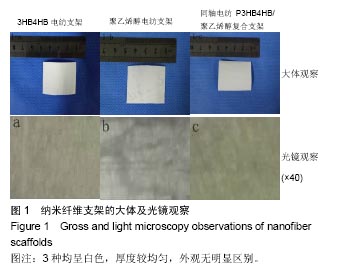
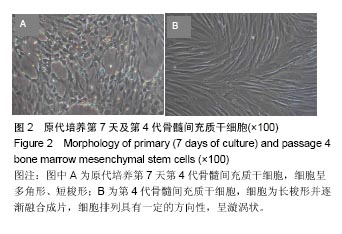
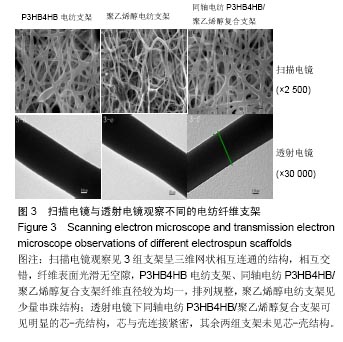
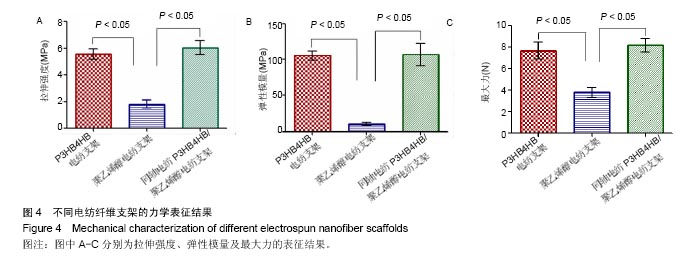
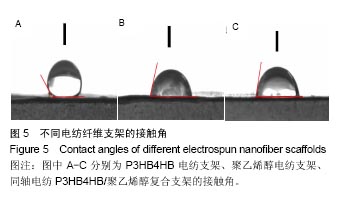
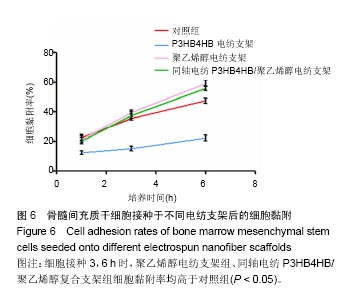

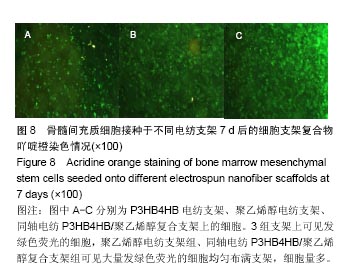
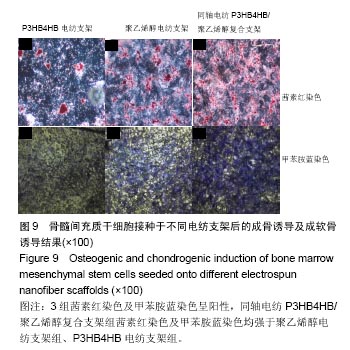
.jpg)